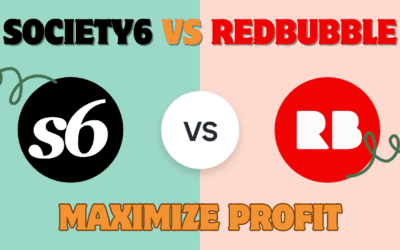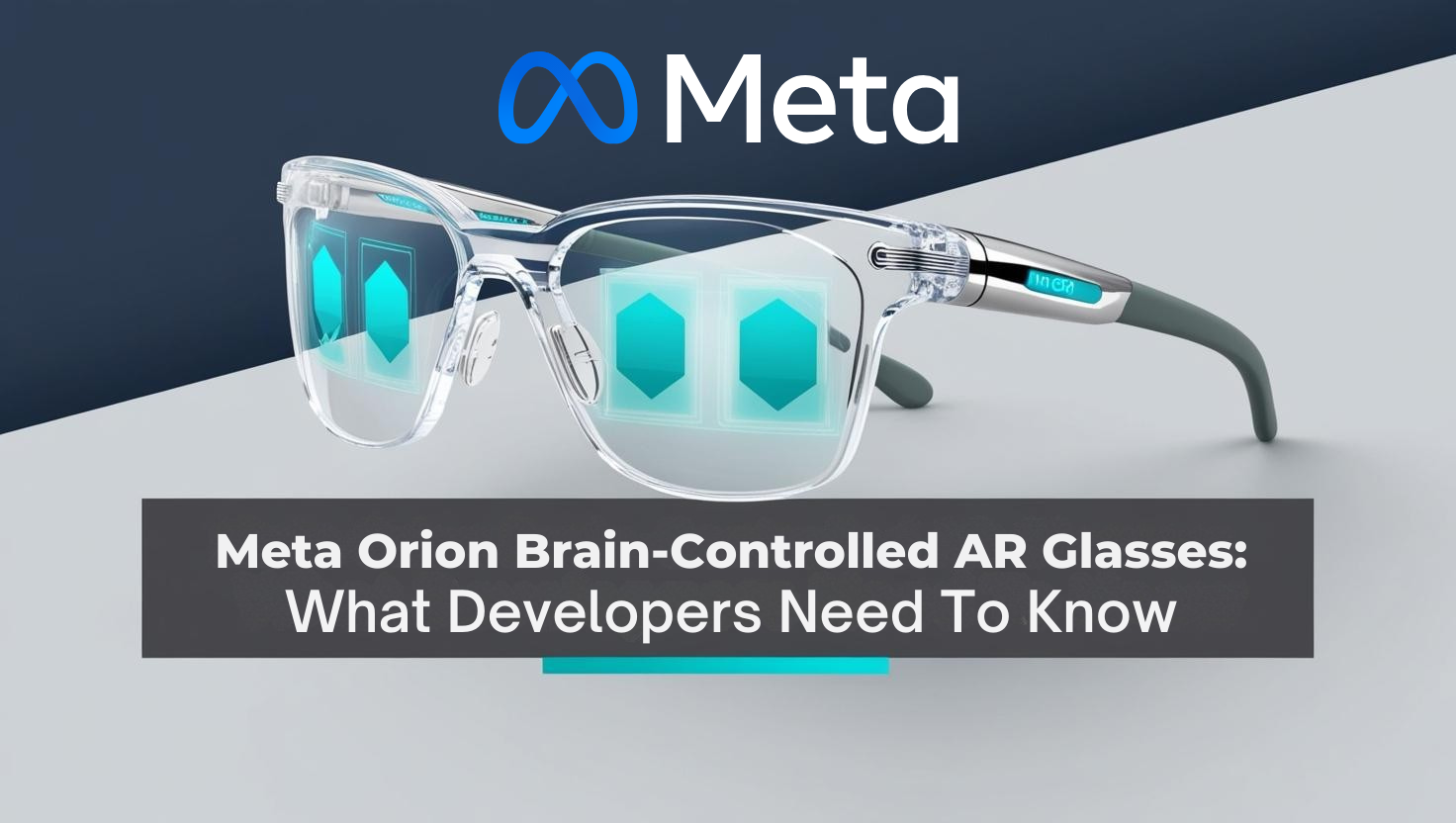Introduction
Imagine controlling augmented reality (AR) with just your thoughts and natural gestures. Meta’s Orion Brain-Controlled AR Glasses are bringing this sci-fi vision closer to reality. Unveiled as a prototype at Meta Connect 2024, these glasses represent a bold leap toward the future of human-computer interaction. For developers, this is more than just a new gadget—it’s an opportunity to pioneer applications that blend the physical and digital worlds in unprecedented ways. In this post, we’ll explore what makes Meta’s Orion Brain-Controlled AR Glasses unique and what developers need to know to start building for this cutting-edge platform.
What Are Meta Orion Brain-Controlled AR Glasses?
Meta’s Orion Brain-Controlled AR Glasses are a prototype of true AR glasses designed to merge the physical and virtual worlds. Unlike traditional AR headsets, Orion aims to be lightweight, stylish, and socially acceptable for everyday wear. The glasses are part of Meta’s broader vision to create a seamless bridge between the real world and the metaverse, enabling users to interact with digital content while remaining present in their physical environment.
Key Hardware Components
Orion’s hardware consists of three main parts:
- The Glasses: Weighing just 98 grams, the glasses are made from a lightweight magnesium alloy and feature transparent lenses with a 70-degree field of view (FOV)—the widest in any AR glasses to date. They include embedded cameras for eye tracking, hand tracking, and spatial awareness CNET.
- Neural Wristband: This wrist-worn device uses electromyography (EMG) to interpret electrical signals from hand and wrist muscle movements, allowing users to control the glasses with subtle gestures The Verge.
- Compute Puck: A pocket-sized wireless processor that handles graphics rendering, AI, and machine perception. It connects to the glasses via a proprietary Wi-Fi 6 protocol and includes its own tracking cameras TechRadar.
Brain-Control Interface Explained
The “brain-control” aspect of Meta’s Orion Brain-Controlled AR Glasses is powered by the neural wristband, which reads EMG signals to interpret user intent. Combined with eye tracking and hand tracking, this creates a multimodal input system:
- EMG Signals: The wristband detects muscle activity, allowing users to perform gestures like pinching or flipping to select or scroll through AR content IEEE Spectrum.
- Eye Tracking: Cameras in the glasses track eye movements, enabling gaze-based selection and interaction BrandXR.
- Hand Tracking: External cameras on the glasses and compute puck track hand movements for gesture-based controls UploadVR.
This combination allows for intuitive, hands-free interaction, making Orion feel like an extension of the user’s natural movements rather than a separate device.
How Developers Can Build for Orion
While Meta’s Orion Brain-Controlled AR Glasses are still a prototype, Meta plans to make them available to select developers for testing and app creation. Building for Orion will require a new approach to AR development, leveraging its unique hardware and interaction model.
Software SDKs and APIs
Meta has not yet released a public SDK specifically for Orion, but developers can expect tools similar to those used for Meta’s Quest platform, adapted for AR glasses. Key software components likely to be part of the developer toolkit include:
- Presence Platform: Meta’s suite of spatial computing tools, which could be extended to support Orion’s AR capabilities Meta Official.
- Horizon OS: While primarily designed for VR, elements of Horizon OS may be adapted for Orion’s AR interface HOIT.
- Meta AI Integration: Developers will likely have access to Meta’s AI APIs to create context-aware applications that respond to the user’s environment Reddit.
Developers should also prepare for a new interaction paradigm, as Orion’s interface relies heavily on gesture and gaze controls rather than traditional touch or controller inputs.
Example Use Cases
Orion’s potential applications span multiple industries, but two areas stand out for early adoption:
- Enterprise Training: Meta’s Orion Brain-Controlled AR Glasses can provide immersive, hands-free training simulations for complex tasks, such as machinery operation or medical procedures, allowing trainees to learn by doing in a risk-free environment.
- Remote Collaboration: By enabling shared AR spaces, Orion can facilitate real-time collaboration between remote teams, allowing users to interact with 3D models or virtual whiteboards as if they were in the same room.
These use cases highlight Orion’s potential to transform how we work and learn by making AR more accessible and intuitive.
Performance, Limitations & Best Practices
While Meta’s Orion Brain-Controlled AR Glasses represent a significant technological leap, they also come with challenges that developers must navigate.
Core Capabilities
- 70° Field of View: The widest FOV in AR glasses, providing a more immersive experience.
- Weight: At 98 grams, the glasses are heavier than standard eyewear but lighter than most AR headsets.
- Battery Life: Specific details are not yet public, but the compute puck’s size suggests it may support several hours of use.
Challenges
- Cost: Each prototype unit reportedly costs around $10,000, making it inaccessible for most developers. Meta aims to reduce costs for a future consumer version TechRadar.
- Developer Tooling: As a prototype, Orion’s SDK and APIs are likely still in early stages, meaning developers may face a steep learning curve and limited documentation.
Best Practices
- Optimize for Low Power: Orion’s compute envelope is smaller than that of VR headsets like the Quest, so developers should prioritize efficiency.
- Leverage Multimodal Inputs: Design interactions that take advantage of gesture, gaze, and voice controls to create intuitive user experiences.
Real-World Examples & Statistics
Though Meta’s Orion Brain-Controlled AR Glasses are not yet publicly available, Meta has showcased several demos and use cases that highlight their potential.
Case Study 1: Virtual Collaboration
In a demo at Meta Connect 2024, users played a 3D version of Pong using hand gestures to control paddles, demonstrating Orion’s ability to support shared AR experiences The Verge.
Case Study 2: AI-Assisted Tasks
Meta AI integrated into Orion can suggest recipes based on visible ingredients or provide real-time task guidance, showcasing its potential for productivity and daily assistance CNET.
Adoption Metrics & Forecasts
- The global AR market is projected to reach $198 billion by 2025, with AR glasses expected to play a significant role in this growth Statista.
- Meta aims to launch a consumer version of Orion-like glasses by 2027, targeting a price point similar to high-end smartphones or laptops Meta Official.
Actionable Insights for Developers
For developers eager to get started with Meta’s Orion Brain-Controlled AR Glasses or similar AR platforms, here are some practical steps:
- Familiarize with Spatial Computing: Learn about spatial mapping, gesture recognition, and gaze-based interactions using existing tools like Unity or Unreal Engine.
- Experiment with Meta’s Quest SDK: While not directly applicable, the Quest SDK offers a foundation in developing for Meta’s XR ecosystem.
- Design for Context Awareness: Leverage AI to create apps that respond to the user’s environment, such as object recognition or location-based services.
- Optimize for Performance: Given Orion’s limited compute power, focus on lightweight assets and efficient code to ensure smooth performance.
GestureController.cs
csharpShow inline
This conceptual snippet illustrates how developers might handle gesture inputs in Unity, which will be crucial for Orion’s interaction model.
Conclusion
Meta’s Orion Brain-Controlled AR Glasses represent a bold step toward the future of AR, offering developers a glimpse into a world where digital and physical realities seamlessly converge. While still in the prototype stage, Orion’s unique hardware and interaction model present exciting opportunities for those willing to pioneer new AR experiences. As Meta continues to refine the technology and prepare for a consumer launch, now is the time for developers to start exploring the possibilities. Have questions or insights to share? Drop a comment below—we’d love to hear from you!
Sources:


















